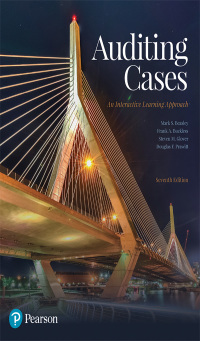

Problem 2: Ink Jet (Cost Estimation) Cost managers for Ink Jet, maker of commercial printers, have selected the following cost drivers: units produced, labor hours, number of customer accounts maintained and number of design changes. Following is cost data for past 18 months: Month Total Costs Units Design Changes Customer accounts 350 335 310 280 $3,001,000 $3,023,970 $2,833,000 $2,660,050 $2,470,410 $2,515,770 $2,785,010 $2,825,310 $2,976,240 $3,051,170 $3,371,720 245 Labor hours 19,000 17,160 14,730 13,080 11,130 11,020 13,440 15,500 17,910 19,140 20,320 62,500 56,470 51,130 44,940 36,700 43,780 47,790 55,160 62,490 67,250 72,520 230 235 265 285 310 325 13 370 385 360 15 $3,432,340 $3,357,380 $3,288,030 $3,261,980 $3,109,190 $3,008,840 $2,845,260 77,380 76,390 70,910 65,580 59,910 53,420 51,120 21,470 22,120 21,230 20,020 18,570 17,330 16,040 345 3 17 18 330 15 295 (1) Using multiple regression, estimate the equation for total costs using the above cost drivers. What percentage of the variation in costs is explained by the regression equation? (0.5 points) (2) Assuming the following levels of cost drivers for the coming month, what is the estimated cost based on the regression equation? 70,000 units 20,000 labor hours 300 customer accounts 5 design changes (0.5 points) (3) The plant manager looks at the output of the regression and believes that the cost drivers are not really explaining the costs incurred (as they all have p-values>0.1). What could be one reason for the high p-values? Perform relevant analysis to support your reasoning. (0.5 points) Problem 2: Ink Jet (Cost Estimation) Cost managers for Ink Jet, maker of commercial printers, have selected the following cost drivers: units produced, labor hours, number of customer accounts maintained and number of design changes. Following is cost data for past 18 months: Month Total Costs Units Design Changes Customer accounts 350 335 310 280 $3,001,000 $3,023,970 $2,833,000 $2,660,050 $2,470,410 $2,515,770 $2,785,010 $2,825,310 $2,976,240 $3,051,170 $3,371,720 245 Labor hours 19,000 17,160 14,730 13,080 11,130 11,020 13,440 15,500 17,910 19,140 20,320 62,500 56,470 51,130 44,940 36,700 43,780 47,790 55,160 62,490 67,250 72,520 230 235 265 285 310 325 13 370 385 360 15 $3,432,340 $3,357,380 $3,288,030 $3,261,980 $3,109,190 $3,008,840 $2,845,260 77,380 76,390 70,910 65,580 59,910 53,420 51,120 21,470 22,120 21,230 20,020 18,570 17,330 16,040 345 3 17 18 330 15 295 (1) Using multiple regression, estimate the equation for total costs using the above cost drivers. What percentage of the variation in costs is explained by the regression equation? (0.5 points) (2) Assuming the following levels of cost drivers for the coming month, what is the estimated cost based on the regression equation? 70,000 units 20,000 labor hours 300 customer accounts 5 design changes (0.5 points) (3) The plant manager looks at the output of the regression and believes that the cost drivers are not really explaining the costs incurred (as they all have p-values>0.1). What could be one reason for the high p-values? Perform relevant analysis to support your reasoning. (0.5 points)








